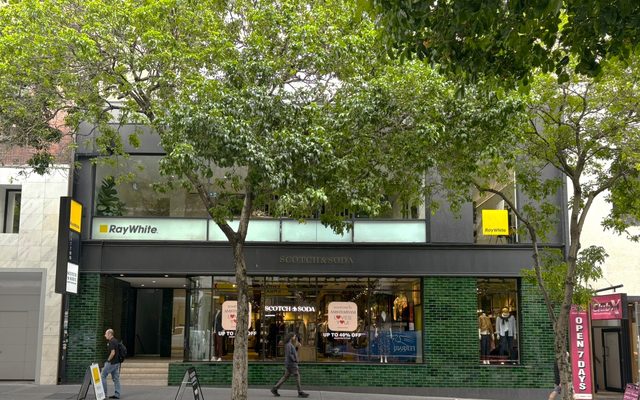This article is from the Australian Property Journal archive
GENWORTH Mortgage Insurance Australia has reported net profit after tax of $41.9 million for the half year ended 30 June 2018 – down 52.8% from $88.7 million in 1H17 – as new insurance written declined by 21.4%.
New business volume, as measured by new insurance written, decreased 21.4% to $10.3 billion in 1H18 compared with $13.1 billion in 1H17.
At the same time, the listed mortgage insurer reported a 0.3% increase in delinquencies to 7,306 cases. The portfolio delinquency rate nudged higher by 0.03% to 0.54%.
The board has declared a fully franked interim ordinary dividend of 8 cents per share and a fully franked special dividend of 4 cents per share.
CEO Georgette Nicholas said the 1H18 results are in line with the guidance and reflect the fact that 2018 will be a transitionary year as.
The delinquency rate increase was driven by two factors. Firstly, there was a decrease in the policies in force following completion of the Lapsed Policy Initiative. The second (lesser) factor impacting the delinquency rate has been an increase in the number of delinquencies in Western Australia, New South Wales and to a lesser extent South Australia. This was partially offset by a decrease in delinquencies in Victoria and Queensland. New delinquencies were down in the half (1H18: 5,565 versus 1H17: 5,997).
Delinquencies in mining areas are showing signs of improving. In non-mining regions there are indications of a softening in cure rates.
Nicholas said household consumption remained weak and a source of uncertainty.
“From an individual state and territory perspective, Victoria and New South Wales were the strongest performers however there has been some easing in their growth rates. Western Australia continues to face challenging conditions post the mining downturn although some signs of recovery are starting to emerge.
“Whilst the latest employment figures indicate a strong labour market with ongoing solid employment, underemployment remains at elevated levels and continues to hold back wage growth. The economic outlook for the remainder of 2018 remains positive (albeit below long-term trend). This should lead to continued growth in employment although this is not expected to be significant enough to drive wage growth and inflation.
“Within this environment the Reserve Bank of Australia (RBA) is likely to keep the official cash rate on hold through the second half of 2018,” she forecast.
However Nicholas said whilst the RBA is expected to leave interest rates on hold, lending institutions are anticipated to continue to implement “out-of-cycle” interest rate increases as they face higher funding costs.
“In terms of housing market conditions, the moderation experienced in 1Q18 continued in 2Q18 with Sydney and Melbourne continuing to lead the decline. The exception to this has been Hobart which continues to show positive gains. Perth dwelling values have seen an improvement on the rate of decline however recovery is likely to still take some time.
“Genworth expects the moderating trend in housing market conditions to continue in the second half of the year reflecting pressure on lending as a result of macro-prudential measures, tightening credit standards and record levels of new housing supply coming onto the market. Metropolitan housing markets in Sydney and Melbourne are predicted to lead the trend whilst the rate of decline in regions linked to the mining resource industry in Queensland and Western Australia, is expected to stabilize,” Nicholas said.
Australian Property Journal




